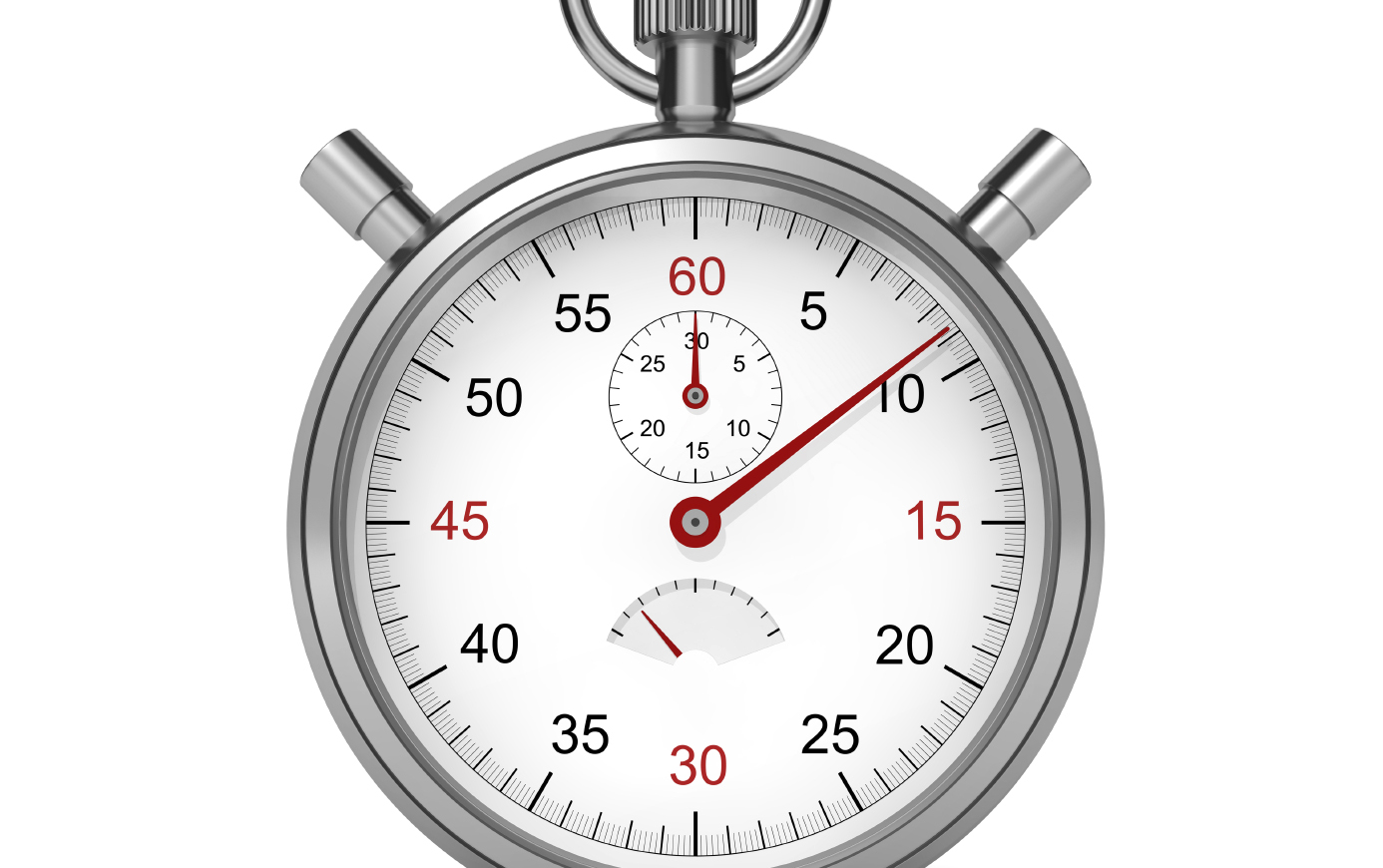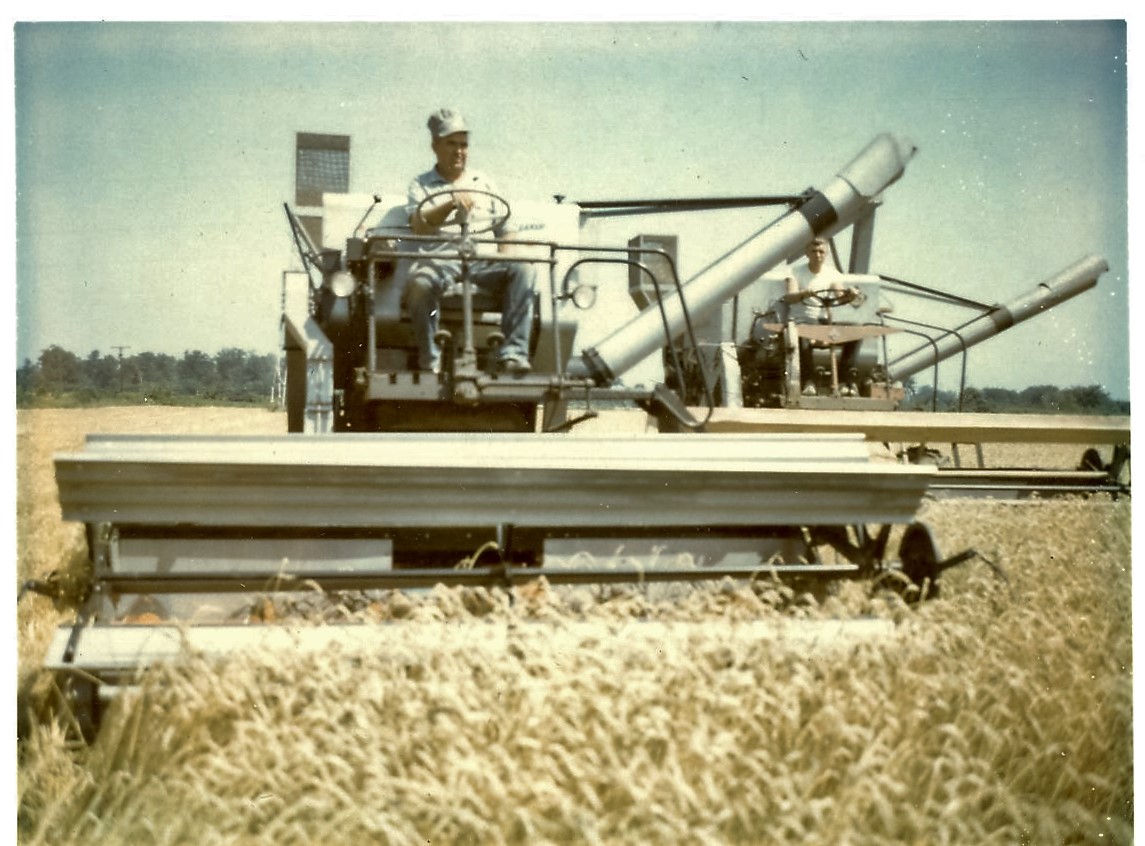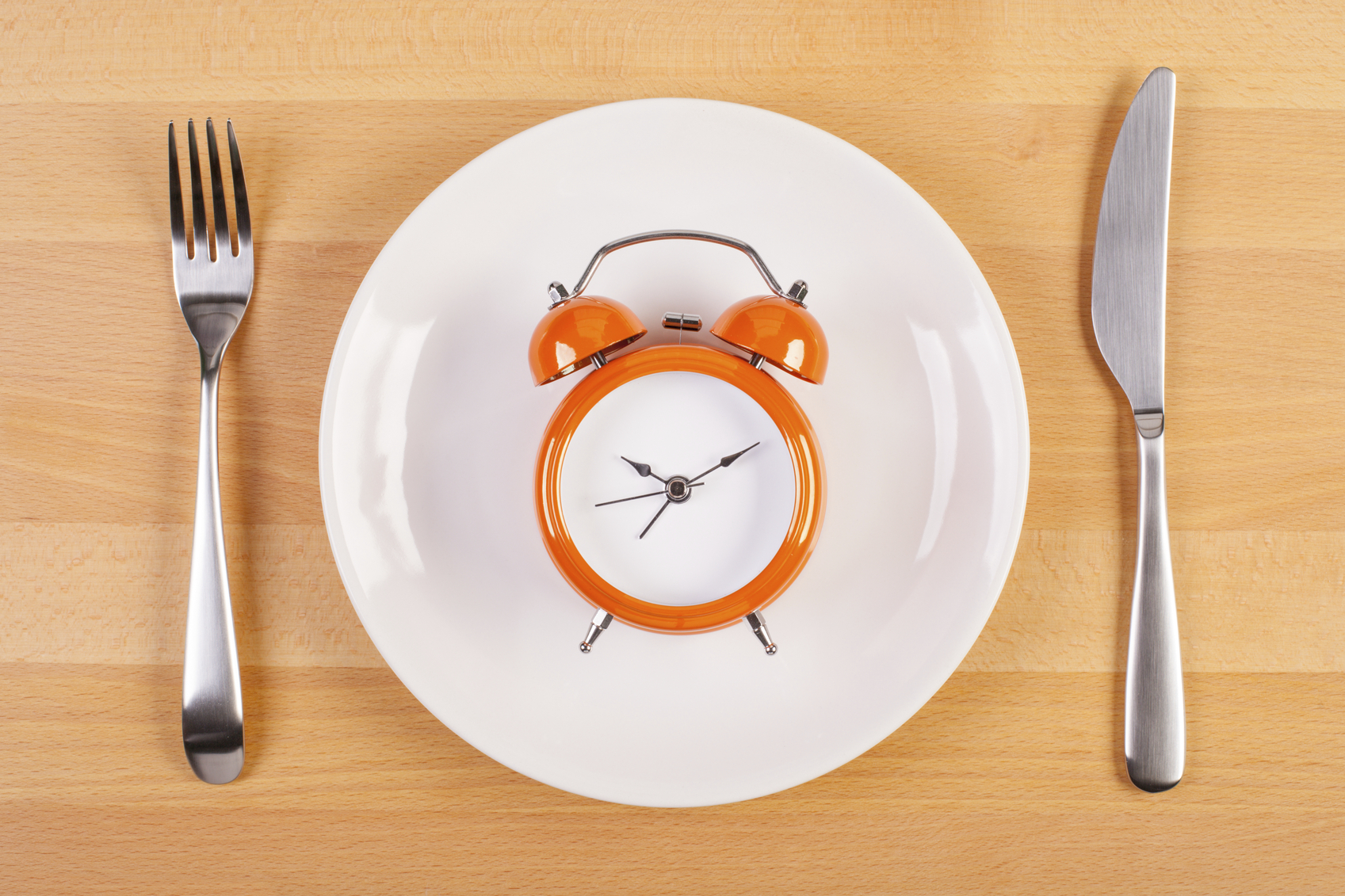The Pulse Test: How This Simple, At-Home Test Can Help Pinpoint Allergies
By Julie E. Williamson
My first allergy test came around age six. It was the traditional “scratch test” and I only remember a very long afternoon of testing, which culminated in another of my thumping, nauseating migraines (probably triggered by anxiety) and my allergist shaking his head in disbelief at my results (severely allergic to everything but oranges, dogs and pork) and sending my parents on their way with not much more than their sympathy and a “good luck” pat on the back. At that time, we hadn’t heard about the Pulse Test – Arthur F. Coca, M.D.’s, simple at-home protocol first introduced in the 1950s that supposedly sheds light on allergies by monitoring changes in one’s pulse.
I became familiar with the Pulse Test a few years ago, while doing some desperate, late-night Internet searches after another bout of food allergy hell that kept me awake with stabbing abdominal pain, hives and the like. I must admit, when I first stumbled across the Pulse Test, I was a little more than dubious. Up until then, my only mode of food allergy and sensitivity testing was through the traditional scratch test and blood tests. My curious nature got the best of me, though, and I decided to buy Dr. Coca’s book and give Pulse Test a try. A simple test I could do from the comfort of my own home – at no cost – and by simply counting and logging results sounded pretty good to me.
Here’s the basis of the Pulse Test, in a nutshell: Dr. Coca, whose wife had severe allergies to certain medications and chemicals, noticed that when an allergen (food, chemical, etc.) is introduced to the body, the pulse tends to quicken, often quite rapidly. He wrote that the pulse can be an indicator of ill health and that if people wanting to boost their health and wellness could do so easily by taking their pulse, before, during and after exposure to possible allergens. All they needed to do was find their deep arterial pulse and count.
How to test
Here’s a summary of what’s involved
- First and foremost, if you’re a smoker, kick the habit in the butt (until you actually pulse test for tobacco allergy, which will come later in the process)
- Start taking your pulse upon waking (do this while still lying in bed – don’t even sit up). Take a deep, calming breath, locate the deep pulse on the thumb side of your wrist by placing two fingers between the bone and the tendon (over the radial artery). With your fingers feeling the deep pulse, count the pulse for a full 60 seconds. Record this waking/resting pulse, which will be used as a baseline.
- Next, take your pulse for a full 60 seconds just before each meal and then three times after each meal (at 30-minute intervals). For the food-pulse testing phase, be sure to take your pulse while sitting – not lying down as you must do for the first-morning pulse test.
- Record every food eaten at each meal or as a snack, and then record your pulse taken at all stages of eating (before the food/meal is eaten and then for the three 30-minute intervals thereafter).
- Continue practicing the above for two to three days for all three meals and any in-between meal snacks.
- Test for individual (single) foods (e.g., a grape, raspberry, egg, small piece of chocolate, piece of bread, small glass of milk) for at least two days by a) taking your pulse first thing in the morning and documenting it; b) taking your pulse immediately before eating a small portion of a different food every hour and then again a half hour after eating it; and c) continuing to test a single, different food every hour for 12 to 14 hours that day. Be sure to document your pulse and its corresponding food at all intervals.
- Bring your complete pulse test/food record to your next doctor appointment (ideally, someone trained in interpreting the results. Don’t be surprised if traditional allergists/medical doctors pooh-pooh The Pulse Test or aren’t even aware of it at all). In the absence of a trained health professional who’s familiar with interpreting pulse test results, carefully review/decipher your test results at home with the help of Dr. Coca’s The Pulse Test book.
My verdict
In my experience, The Pulse Test has some merit. While it’s certainly not foolproof (I do believe I got some false positives here and there, but interestingly, many times I’ve done it have seemed right on the money), I’ve found it’s especially beneficial for me because my allergies and sensitivities change so frequently (I’m blood tested twice a year to stay on top of them). I use the Pulse Test as an ancillary approach, as opposed to my sole method of testing; however, if tight budgets make regular testing an impossibility, I believe The Pulse Test could be a useful option.
My greatest tip is to document diligently to get a clearer picture of one’s “normal” pulse and any notable changes. The more you practice the test, the easier it becomes to detect changes and potential reactions. I also do my best to document pulse results on my daily food log; this can be valuable in identifying even minor allergy/sensitivity reactions that might have otherwise gone unnoticed.
It’s not perfect, but then again, the same can also be said of today’s traditional allergy testing (over the years, I’ve had my fair of false positives and negatives with scratch and blood testing, as well). I’m all for tapping as many tools and resources as possible to help in the fight against food-related reactions, and I happen to believe the human body can give us a tremendous amount of useful health information. We just need to look, listen and observe…and keep an open mind.







